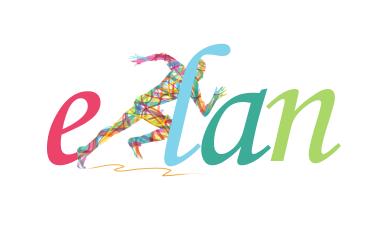At the age of 21, I had never spoken a single word of English. Yet, by 22, I had achieved native-like proficiency, an accomplishment that astonished even native speakers. My journey was one of determination, rigorous practice, and innovative strategies, which later inspired me to develop the BBR Method—a transformative approach to teaching English as a second language. Here’s my story, divided into two defining phases, and how it connects to both my teaching methodology and Baddeley’s model of working memory.
Phase 1: The Power of Repetition in Reading
The first phase of my journey began with a single book: The Fountainhead by Ayn Rand. For six months, I immersed myself in its pages, reading it repeatedly—six times in total. This repetitive practice was not just about understanding the plot but about internalizing the structure, vocabulary, and rhythm of English. Every sentence became a lesson in syntax and meaning, every word a building block in my growing lexicon.
This relentless focus paid off when I passed the TOEFL test, a significant milestone that granted me a student visa to Australia. This phase taught me the importance of focused, repetitive engagement with authentic English materials. It laid the foundation for my understanding of how repeated exposure strengthens the neural connections necessary for language acquisition, a concept deeply tied to the phonological loop in Baddeley’s working memory model.
Phase 2: Mastering Pronunciation Through Listening
The second phase was equally transformative. For three months, I dedicated six hours a day to a single rap song: Lose Yourself by Eminem. I listened, repeated, and practiced until I could match the rapper’s speed, intonation, and pronunciation. This was not a mere exercise in mimicry but a meticulous effort to internalize the phonological features of native speech.
The impact was profound. In my very first job interview, I was asked, “Whereabouts in the US were you born?” This moment affirmed that my pronunciation and rhythm were indistinguishable from a native speaker’s. It also highlighted the critical role of auditory repetition and phonological awareness in achieving native-like proficiency—a cornerstone of what would later become the BBR Method.
The BBR Method: Block, Build, and Rewire
Drawing from my experience, I developed the BBR Method to help others achieve similar success. This methodology focuses on three key steps:
- Block: The first step involves blocking the interference of the learner’s first language (L1) on their English speech. L1 can hinder fluency by introducing habits and patterns incompatible with English phonology. By isolating English sounds and patterns, learners can focus on acquiring authentic pronunciation.
- Build: This phase emphasizes constructing new speaking habits. Through detailed instructions on mouth muscle positions and movements, learners engage in targeted repetition, receiving feedback on each attempt. This builds the physical and cognitive habits necessary for clear and accurate speech.
- Rewire: The final step focuses on rewiring the brain to expand working memory and enhance phonological awareness. By strengthening the phonological loop (a key component of Baddeley’s working memory model), learners improve their ability to process and reproduce native speech effortlessly and accurately.
Connecting the Journey, Methodology, and Theory
My journey and the BBR Method are deeply intertwined with Baddeley’s model of working memory, which includes the phonological loop as a central component. This loop is responsible for temporarily storing and rehearsing auditory information. During Phase 1, my repeated reading of The Fountainhead reinforced my ability to store and manipulate written and spoken English, enhancing the loop’s capacity. Similarly, in Phase 2, my intensive practice with Lose Yourself honed my phonological processing, enabling me to reproduce complex speech patterns with precision.
The BBR Method operationalizes these principles by:
- Targeting the phonological loop to improve auditory and verbal working memory.
- Using repetition and feedback to strengthen neural connections.
- Emphasizing the integration of perception and production processes, aligning with contemporary research on phonological short-term memory as an emergent property of speech-related neural systems.
Conclusion
From never speaking English to achieving native-like fluency in just 18 months, my journey demonstrates the transformative power of focused, intentional practice. The BBR Method encapsulates this experience, providing learners with a structured approach to overcome L1 interference, build new habits, and rewire their brains for English proficiency. Grounded in personal experience and supported by cognitive theory, the BBR Method offers a path for learners to achieve remarkable linguistic transformation.

Leave a Reply